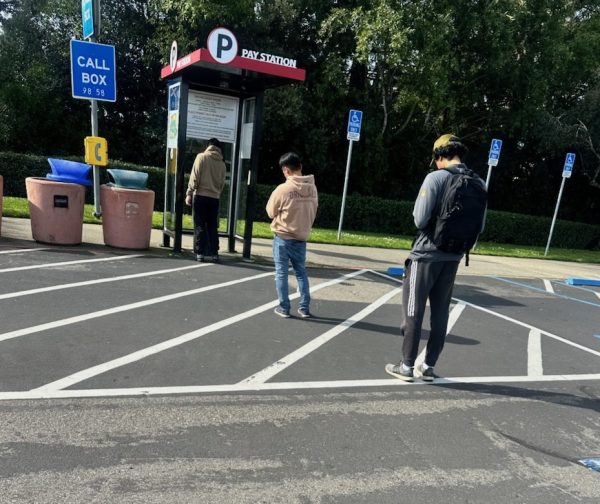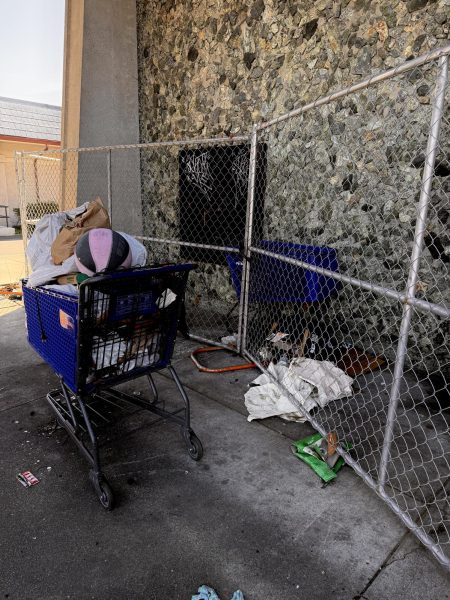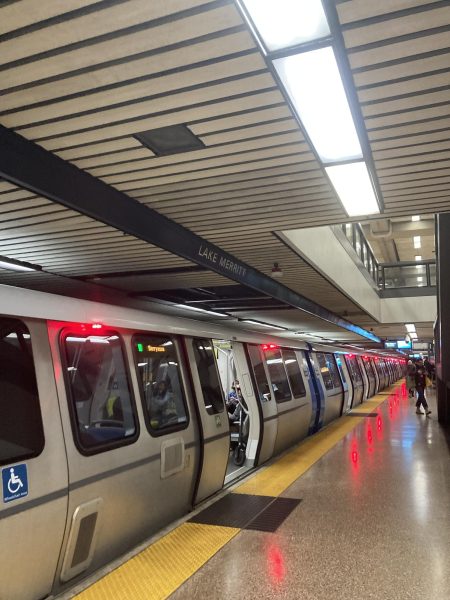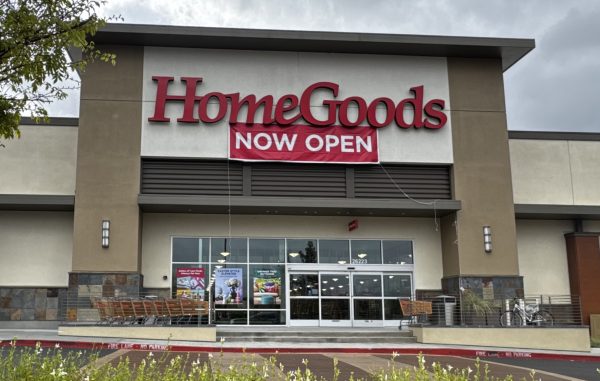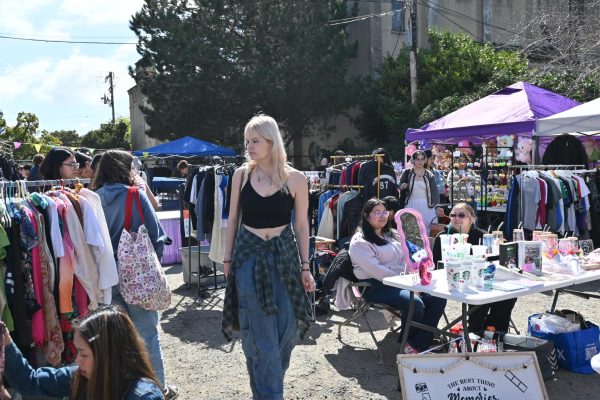Report finds many students go without food or shelter
Homelessness is an epidemic that hits close to home for the California State University system.
A study commissioned by CSU Chancellor Timothy White in Feb. 2015 returned some stunning results last month. The study found that one out of every 10 CSU students is homeless and one out of five CSU students doesn’t have consistent access to food and are considered “food insecure.”
According to the CSU system’s most recent enrollment report from fall 2015, of the 474,571 total students enrolled at the 23 campuses, eight to 12 percent were classified as homeless and 21 to 24 percent were listed as food insecure.
According to the report, the CSU used a “mixed methods approach” to gather the data, which included open-ended interviews, surveys and focus groups with CSU staff, faculty, administrators and students. They also performed five case studies of campuses in Chico, Fresno, Long Beach, Humboldt and San Bernardino.
Alex Baker is a case management coordinator at CSUEB and said he is leading efforts to bring a food pantry and a emergency intervention program to East Bay by fall, which will provide immediate help to students.
“I have been providing students with granola bars, a variety or peanuts and water when I discover there is a need,” Baker said. “In some cases when I meet with student that have not had food in a couple days so being able to hand them something has been a great help.”
Baker said the pantry will be the first implementation at CSUEB and by the end of summer he should have a clear view of what and how the school will provide more services for these students.
“There is a population of homeless students that are living in their car, couch surfing and attempting to access 24 hour facilities to live in,” Baker said.
A chart that compared the housing, funding and food options at each CSU campus revealed that East Bay only offers two of these services: Meal cards for on-campus dining commons and emergency loan programs.
“Students who experience food insecurity and housing displacement are invisible, and there is very little research on this student population,” stated the report.
Through data collected from the 2013-2014 Free Application for Federal Student Aid applications, the U.S. Department of Education found that nationally, 56,588 students identified themselves as independent homeless, which means they claimed no permanent residence on their FAFSA application. Roughly 10,000 students in California claimed to be independent homeless, a number the CSU referred to as “undoubtedly a low count.”
The CSU report cited two long-term strategies they plan to implement to alleviate food insecurity and decrease the number of homeless students. The first included enrolling students in CalFresh, a state-funded program that provides food assistance to the public, and providing more emergency housing options through community agencies and Section 8, both on and off campus.
The second strategy identified by the report suggested utilizing staff members as points of contact to help students locate services on campus, such as counseling and financial aid.
Data from the surveys given to faculty, staff, administration and students showed a potential stigma for students who utilize the services.
“They were concerned students would not participate if they worried about being seen as needy,” states the report. “When students were asked how to deal with the issue of stigma, they suggested while there may be initial hesitation to utilize services, their need for assistance outweighed their fear of stigmatization. Further, students suggested that the barrier to services was not stigma, but that they did not know services were available.”
Earlier this year, Humboldt State implemented the use of Electronic Benefits Transfer, commonly referred to as food stamps, in one of their campus markets. This adjustment was the first of its kind at any CSU school and something that could be implemented at other institutions.
Studies will continue at Humboldt and Long Beach throughout 2016 and 2017 in the form of surveys, interviews and focus groups.



